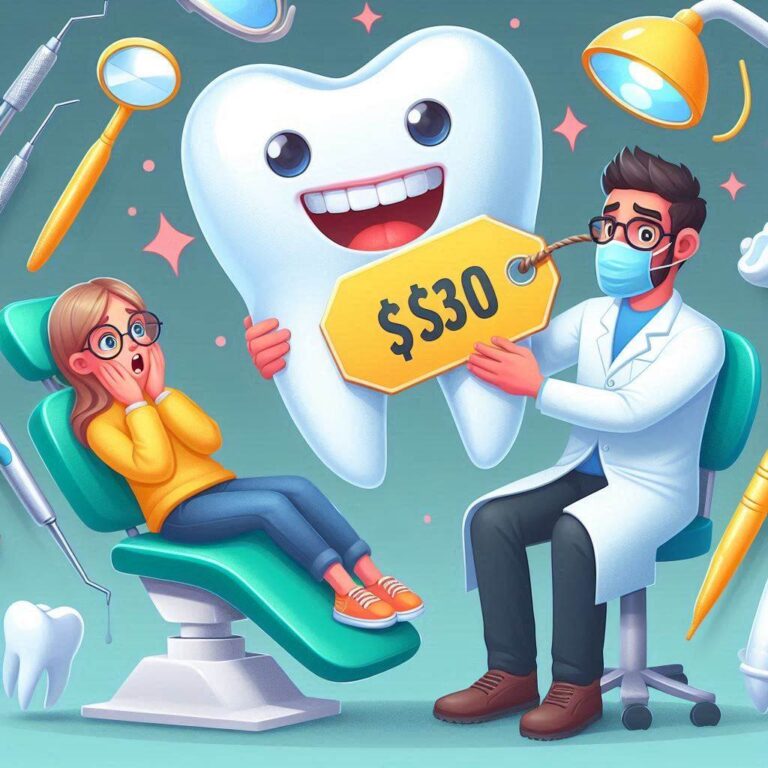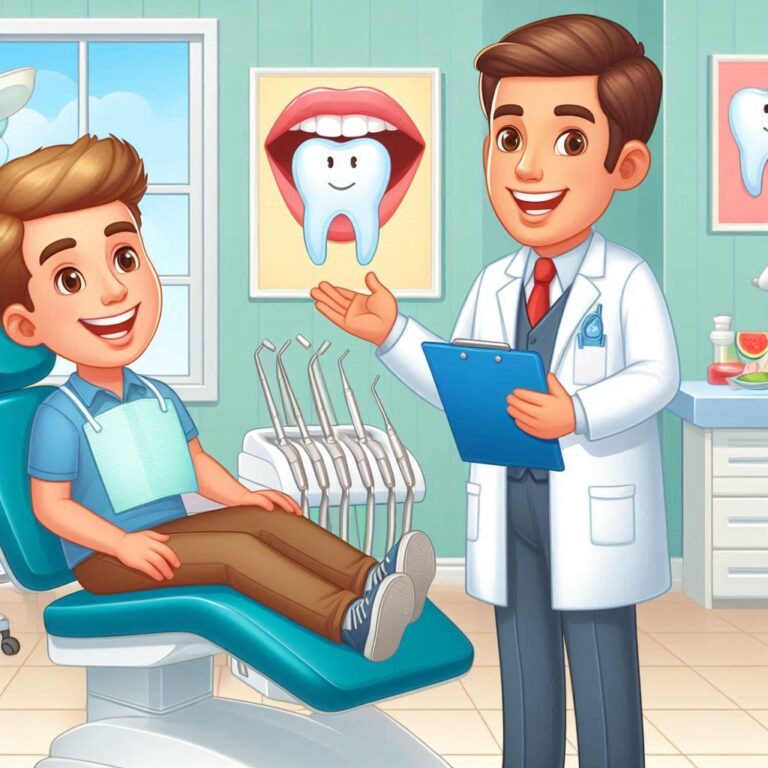best things to eat after tooth extraction
Undergoing a tooth extraction can be a stressful experience, both physically and emotionally. However, the healing process doesn’t stop once the tooth is out; your diet plays a pivotal role in ensuring that your gums heal properly and that you experience as little discomfort as possible during recovery. What you eat after your procedure can significantly affect the speed of healing and your overall comfort. In this article, we will discuss the best foods to consume after a tooth extraction, and provide tips and guidelines to help you make your recovery as smooth and quick as possible.

Understanding Tooth Extraction and Recovery
Tooth extraction is a standard dental procedure, usually performed due to overcrowding, decay, infection, or gum disease. After the tooth is removed, your body begins the process of healing. This healing can take anywhere from a few days to a few weeks, depending on the complexity of the extraction.
Proper care and the right diet can speed up this recovery process, reduce the risk of infection, and help you avoid complications like dry socket or excessive bleeding. During the healing period, it is crucial to stick to soft, easy-to-eat foods that won’t irritate the extraction site or put strain on the healing tissue.
General Dietary Guidelines After Tooth Extraction
The days immediately following your extraction are crucial for your recovery. During this time, you’ll want to focus on the following dietary principles:
- Soft Foods: Avoid anything too tough or chewy, as these could irritate the surgical site.
- Avoid Hard, Crunchy Foods: Foods like chips, nuts, or raw vegetables can disturb the wound and cause pain.
- Hydration: Drink plenty of fluids to keep hydrated and help reduce swelling, but avoid using straws, as this can cause suction that might dislodge the blood clot at the extraction site.
- Temperature Control: Both hot and cold foods should be consumed with caution. Avoid extremes in temperature, as they can increase sensitivity and pain at the extraction site.
Best Foods to Eat After Tooth Extraction
Now that we have a better understanding of the general guidelines, let’s explore some of the best foods to help you heal after a tooth extraction.
Smoothies and Shakes
Smoothies and protein shakes are excellent options post-surgery. They are easy to consume, full of vitamins and minerals, and can be made with various ingredients to provide essential nutrients. Use a variety of fruits, spinach, protein powder, and even yogurt to create nutrient-dense blends.
Soups and Broths
Warm, broth-based soups can be an excellent source of nutrition and are very gentle on the healing gums. Opt for a variety of vegetable or chicken broths, but avoid any soup that is too hot, as it can increase sensitivity.
Mashed Potatoes and Soft Vegetables
Mashed potatoes, well-cooked carrots, and squash are all great options. These are soft, easy to swallow, and gentle on the healing area, providing vitamins and fiber without causing any discomfort.
Scrambled Eggs and Soft Proteins
Eggs are soft, rich in protein, and easy to eat, making them a good choice in the days following a tooth extraction. You can prepare scrambled eggs or a soft omelet to boost your protein intake during recovery.
Yogurt and Puddings
Creamy and cold, yogurt, and puddings provide comfort and relief. Opt for plain yogurt or low-sugar varieties to avoid irritation from excess sugar. Yogurt also contains probiotics, which can be beneficial for your gut health during recovery.
Ice Cream and Sorbet
Cold foods, especially ice cream and sorbet, can provide relief for the swelling and discomfort associated with tooth extraction. However, be cautious of overly crunchy or sticky ice cream varieties, and ensure the temperature is comfortable.
Foods to Avoid After Tooth Extraction
Certain foods should be completely avoided during your recovery period as they can cause further irritation or hinder the healing process:
- Hard, Crunchy, or Sticky Foods: These include nuts, popcorn, and sticky candies, which can disrupt the healing site.
- Spicy and Acidic Foods: Foods like citrus, hot peppers, and spicy dishes can irritate the extraction site and delay healing.
- Alcohol and Caffeine: Alcohol can interfere with medication, while caffeine can cause dehydration.
- Hot Foods and Beverages: Extremely hot foods can cause pain and increase the risk of swelling.
Tips for Eating Comfortably After Tooth Extraction
To make eating more comfortable, try these tips:
- Eat slowly and avoid chewing directly on the side where the extraction took place.
- Cut your food into small, bite-sized pieces to minimize effort when chewing.
- Use a soft cloth or ice pack to manage any swelling while eating.
- Stick to a liquid or soft food diet for the first few days to prevent aggravating the extraction site.
Foods That Promote Healing
In addition to comforting soft foods, certain foods can actively promote healing. For example, foods rich in Vitamin C (like berries, oranges, and spinach) help with tissue repair, while Zinc-rich foods (such as seeds, nuts, and whole grains) support immune function.
Sample Meal Plan for the First Week Post Extraction
Below is a simple meal plan to follow during the first few days after your extraction:
| Day | Meal Type | Foods |
|---|---|---|
| Day 1 | Breakfast | Smoothie with banana, yogurt, and protein powder |
| Lunch | Soft scrambled eggs with mashed potatoes | |
| Dinner | Chicken broth and mashed carrots | |
| Day 2 | Breakfast | Oatmeal (soft and smooth) |
| Lunch | Creamy tomato soup | |
| Dinner | Soft scrambled eggs and pudding | |
| Day 3 | Breakfast | Yogurt with mashed bananas |
| Lunch | Pureed vegetable soup | |
| Dinner | Mashed sweet potatoes and boiled chicken |
When to Resume Normal Eating Habits
As your healing progresses, you can begin to reintroduce more solid foods into your diet. Begin by eating small pieces of soft foods and gradually increase the complexity of your meals as your comfort improves.
Conclusion
Recovering from a tooth extraction requires proper care and attention, particularly when it comes to your diet. By consuming the right foods, you can promote healing, reduce discomfort, and ensure a smooth recovery process. Stick to soft, nutrient-rich foods, and avoid anything that could disrupt the healing process, like hard or spicy foods.
Frequently Asked Questions
- How soon can I start eating normally after a tooth extraction?
- It typically takes about 7-10 days to begin reintroducing harder foods, but this may vary depending on your recovery.
- Can I drink smoothies immediately after a tooth extraction?
- Yes, smoothies are an excellent option, but avoid using a straw as the suction can disturb the blood clot.
- Is it okay to eat hot food after a tooth extraction?
- It’s best to avoid hot foods during the first few days as they can increase sensitivity and swelling.
- Can I eat soft foods with a dry socket?
- Yes, sticking to soft foods is especially important if you have a dry socket to avoid further irritation.


